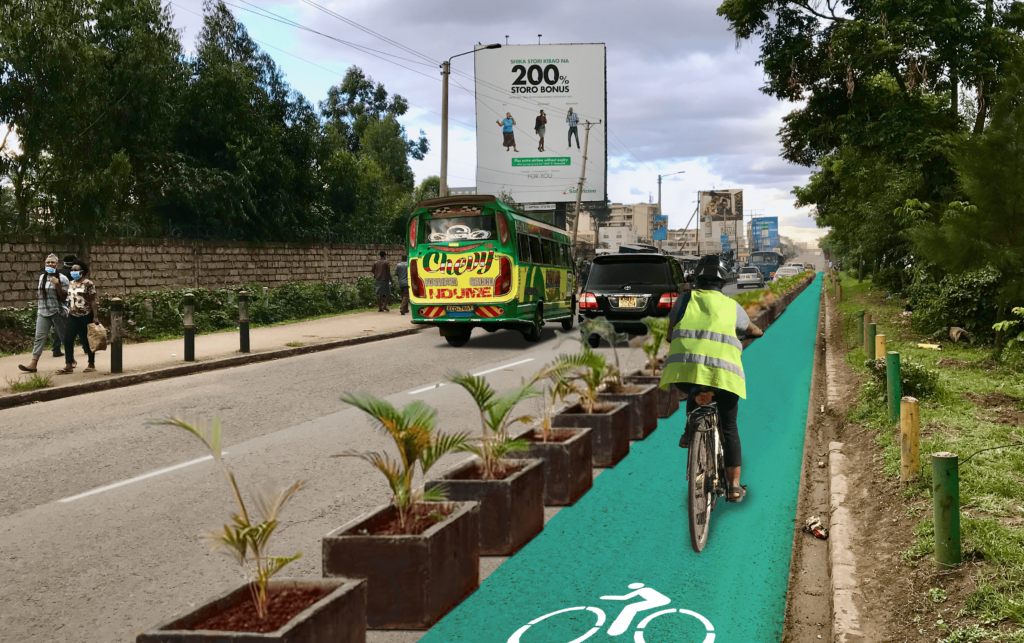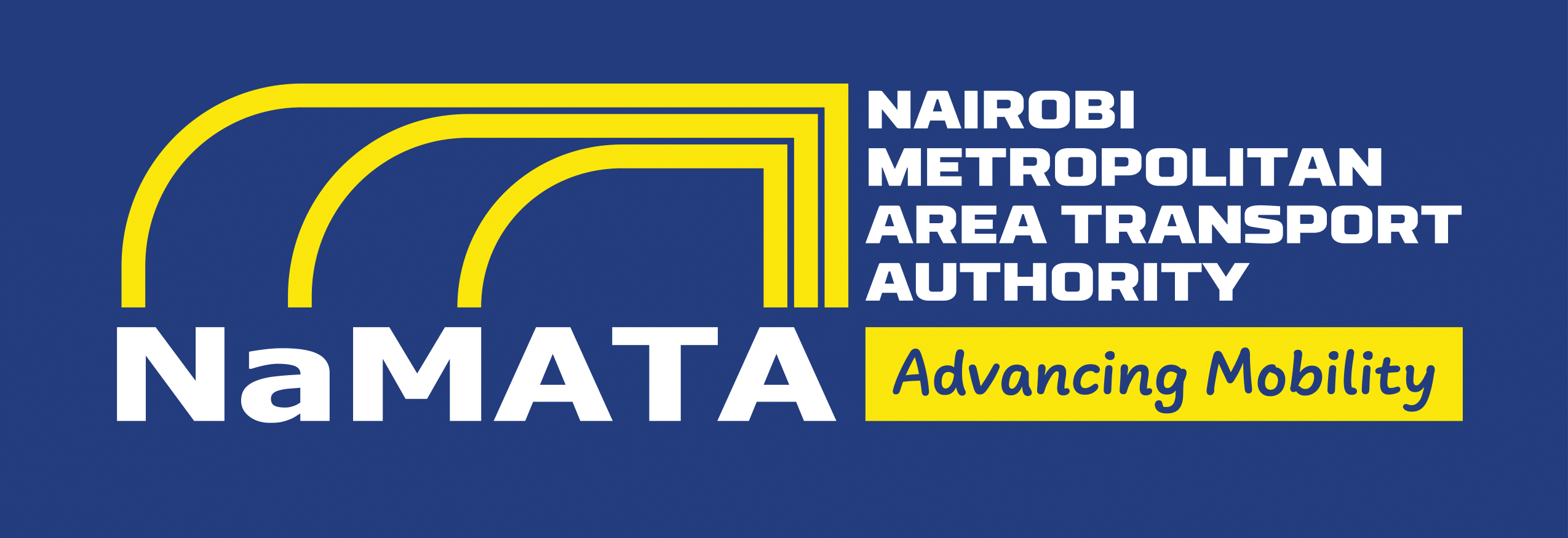Non-Motorized Transport (NMT)
Non-motorized transport (NMT) includes walking, cycling, and using human-powered vehicles. NMT is environmentally friendly, space-efficient, and conserves non-renewable energy. Accessible NMT links enhance public transport systems by providing connections to key origins and destinations.

Key Benefits of NMT:
Environmental Friendliness:
NMT modes contribute to reduced air pollution and carbon emissions.
Space Efficiency:
NMT requires less space compared to motorized transport, contributing to less congestion.
Energy Conservation:
NMT modes use human power, conserving non-renewable energy resources.
NMT in the NMA
In the Nairobi Metropolitan Area (NMA), NMT is the predominant mode of travel, with 40% of commuters walking, particularly those who find public transport unaffordable. However, road-based public transport, mainly reliant on the informal paratransit sector, struggles to meet the needs of the growing population.
NaMATA's Role in NMT
NaMATA, as the coordinating body for transportation across the Nairobi Metropolitan Area, is responsible for harmonizing NMT provision across various stakeholders, preventing duplication of efforts. Currently, the NMT project is in its final design stages, encompassing a wide network of roads within the Nairobi Metropolitan Area.
Projects
Contacts
32nd Floor, Prism Towers, Upper Hill,
3rd Ngong Avenue,
P.O Box 30117-00100
Mon – Fri: 8:00 am – 5:00 pm

